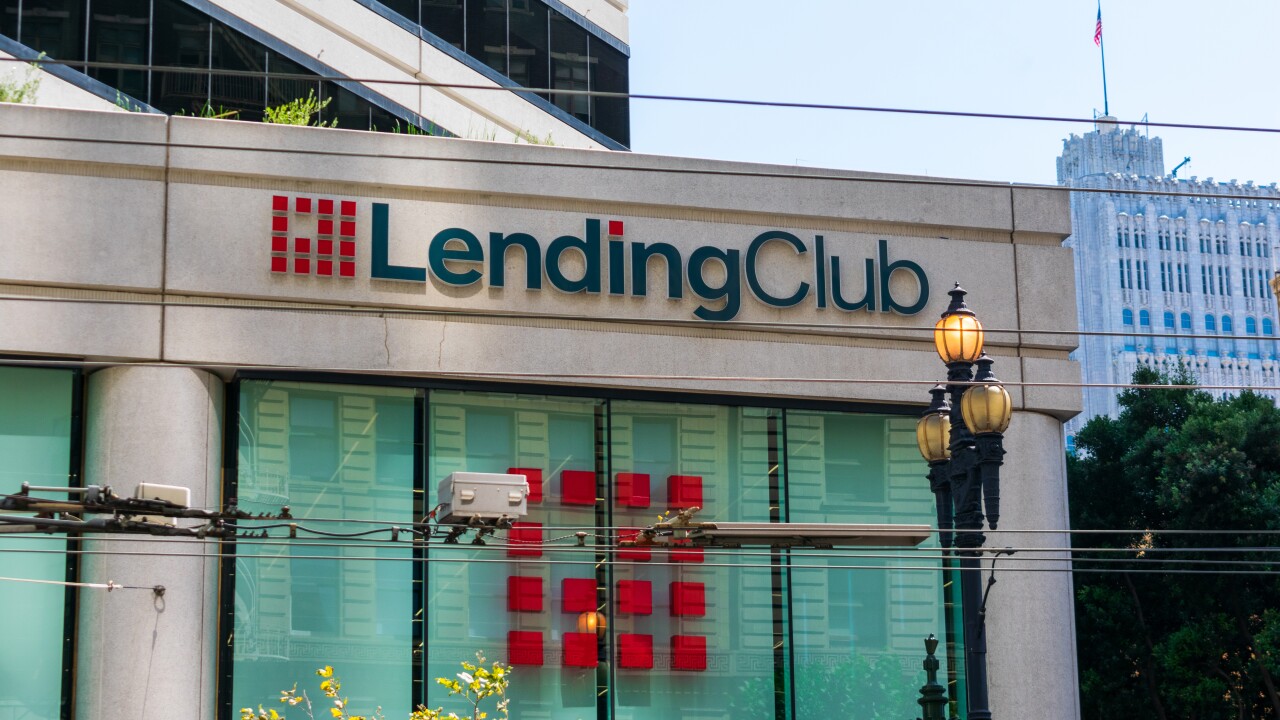-
The new technology positions the eBay unit to move deeper into mobile payments and places pressure on other competitors in the space like clearXchange
July 14
PayPal Inc. is about to introduce a new plastic card that's something of a Trojan horse.
Although it looks like a familiar payment card, its magnetic stripe stores encrypted data that lets consumers access a variety of accounts through PayPal. The card will not carry the customer's name or an account number but only the PayPal logo.
"It is another step in PayPal's march to disintermediate" the traditional card companies, says Andy Schmidt, research director for commercial banking and payments at TowerGroup.
The PayPal card is an extension of wallet functions PayPal has had for a decade or more, experts say. For example, PayPal has had a MasterCard Inc.-branded credit and debit card for years.
PayPal, which did not make anyone available to talk about the card, spoke about the new product at its X.commerce Innovate Conference in San Francisco this month.
X.commerce (named for X.com, an earlier online bank incarnation of PayPal) is PayPal's open commerce platform for developers.
PayPal plans to offer the card by the second quarter of 2012. When used at the point of sale, it allows consumers to choose which linked account they want to fund the transaction. The card itself uses a process called tokenization to reference account details through a secure code instead of a regular account number.
Its new card comes at a time when the payment industry is evaluating new payment forms, such as mobile wallets. Though PayPal is also building a mobile wallet for Google Inc. Android smartphones, its new card shows that it is not committed to a single format for mobile transactions, says Zilvinas Bareisis, a senior analyst for Celent.
The PayPal card can be viewed as a wallet that stores its transaction data and security information in the cloud, rather than in a phone's chip.
"PayPal is trying to leverage relationships they already have as the first large online presence for merchants to get merchants to accept PayPal in the physical world," Bareisis says.
There are challenges, however. While the PayPal card would not require merchants to buy new terminals (whereas many mobile wallet programs would), the 11.5 million terminals in the U.S. would still require software upgrades, says Rick Oglesby, a senior analyst for Aite Group. "It would be a fairly long sales and installation process where you would need to convince the merchants to take this on," Oglesby says.
PayPal and its parent company, eBay Inc., have made a string of acquisitions in the past year that boost both companies' mobile presences as well as PayPal's ability to transact at the point of sale. In July PayPal bought Fig Card Corp., which has technology for making mobile payments at the point of sale. In August, PayPal also bought Zong, which lets customers pay for items using their cell phone account numbers.





